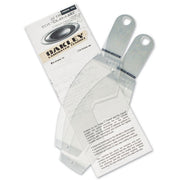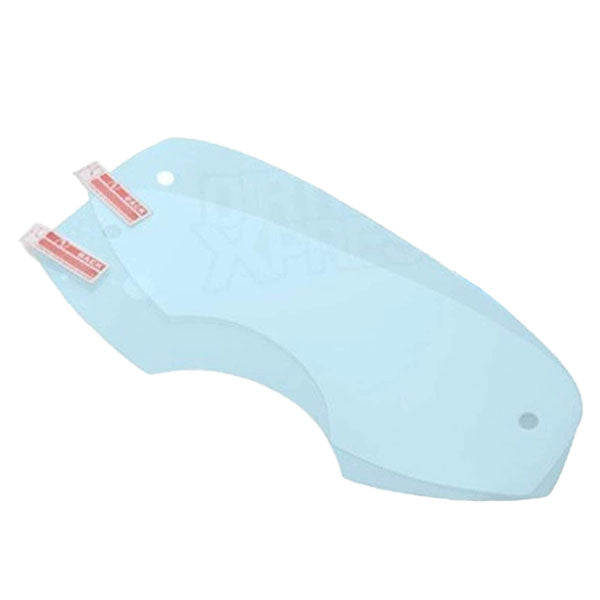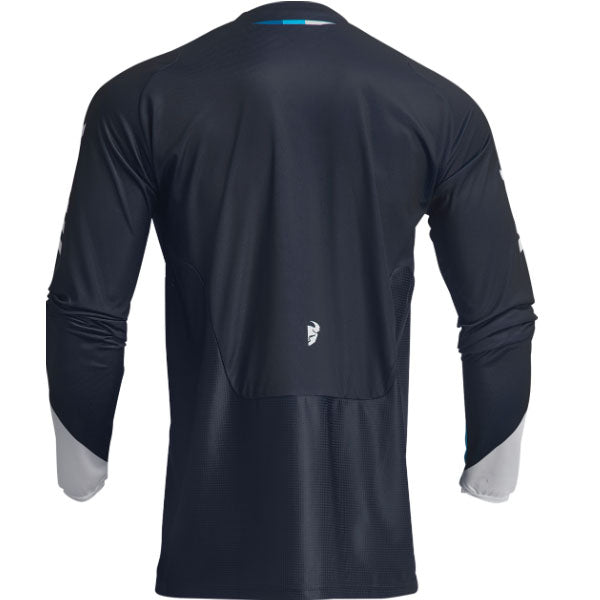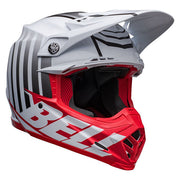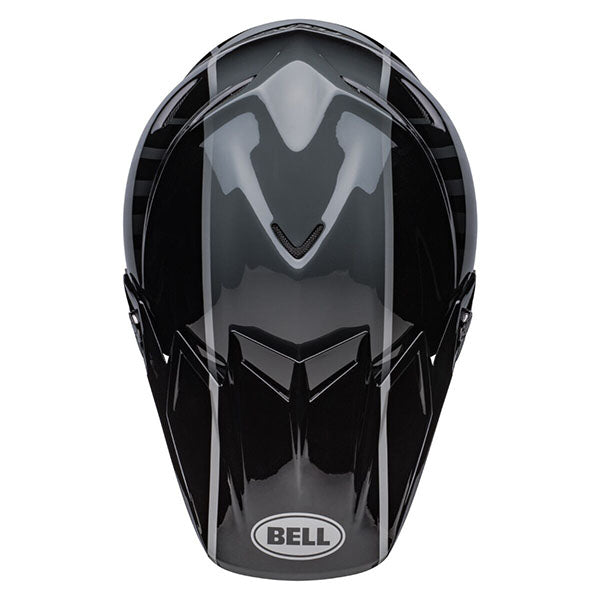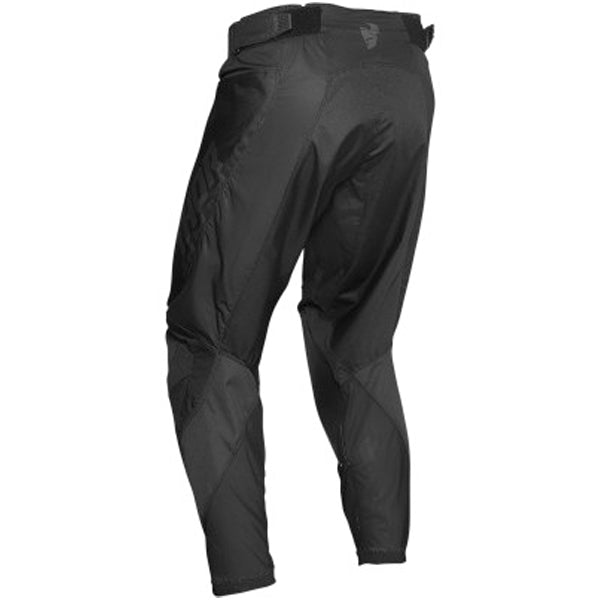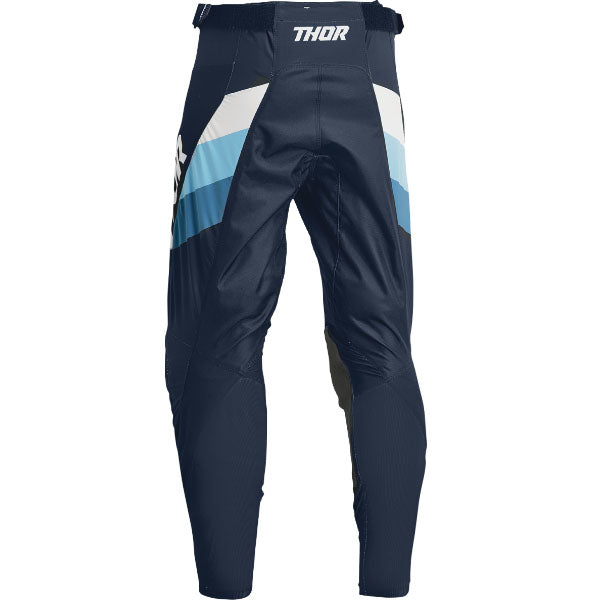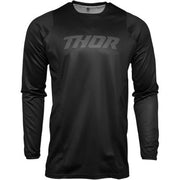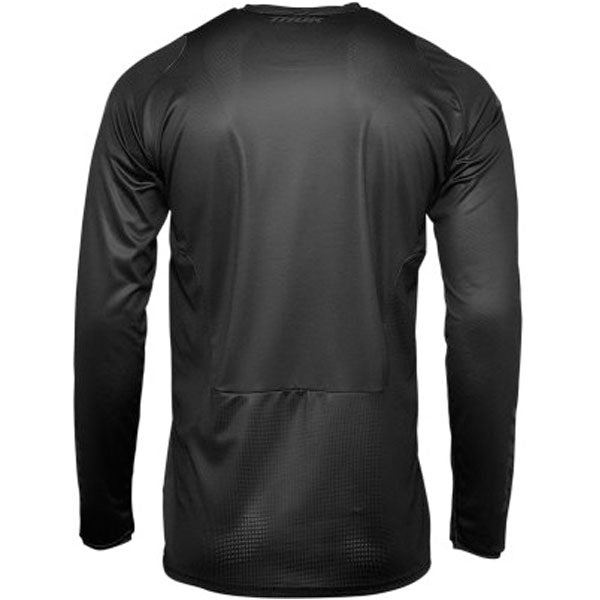Not sure when to replace your helmet, boots, or riding gear? This guide breaks down exactly how to tell when your protective gear is worn out—and why replacing it on time could save your life.
Introduction
Your riding gear is your lifeline. Whether you’re tearing up a motocross track, commuting on a motorcycle, or pushing trails on an MTB, knowing when to replace your helmet, boots, and protective gear is just as important as wearing it in the first place.
Even if your gear looks fine, materials degrade over time—losing their ability to absorb impact or stay in place during a crash. This guide breaks down exactly when to replace your helmet, boots, and body armor, so you can ride with confidence knowing your equipment will perform when it matters most.
Helmet Replacement: When and Why
Your helmet is arguably the most critical piece of safety gear—and also one of the most misunderstood when it comes to lifespan.
General Rule:
Most experts and helmet manufacturers recommend replacing your helmet every 3 to 5 years, even if it hasn't been involved in a crash. Why? Because EPS foam, the core material that absorbs impact, gradually breaks down from UV exposure, sweat, heat, and time—reducing its protective properties.
Replace Your Helmet Immediately If:
-
You’ve crashed: If your head made contact, it’s done. Even if you don’t see cracks, the internal foam may be crushed and compromised.
-
You spot damage: Cracks, dents, or a loose liner are non-negotiable signs it’s time for a new lid.
-
It doesn’t fit right anymore: A helmet should be snug. If the fit feels off or the retention system is worn out, it won’t protect you properly.
-
It’s past the age window: If your helmet is older than five years—even if unused—materials like adhesives and liners may have deteriorated internally.
Need a replacement? Start here:
Read more from these trusted sources:
Boots: When to Replace
Your dirt bike boots don’t just protect your feet—they anchor your control over the bike. But like helmets, boots wear down from both use and environment. Wait too long, and they’ll fail when you need them most.
Key Signs It’s Time to Replace Your Boots:
-
The sole is separating or worn flat: If your sole is delaminating or you’re starting to feel your pegs through the footbed, it’s not protecting you anymore.
-
Stitching is coming apart: That’s not just cosmetic—it's structural. If the boot is starting to split or peel, it's at risk of failing in a crash.
-
Loss of rigidity: Good boots are firm for a reason. If they start to flex too easily, ankle support goes out the window.
-
Chunks are missing: If part of the sole or outer structure breaks off, replace them—no questions asked.
Even high-end boots have a lifespan, especially with heavy use in motocross, off-road, or wet conditions. Inspect them regularly—if you’re unsure, it’s safer to upgrade than to gamble.
Shop Dirt Bike Boots
Shop Street Boots

Protective Gear (Jackets, Pants, Pads, Guards): When to Replace
Body armor and protective riding gear are designed to absorb energy and stay in place during impact—but only if they’re in good condition. Over time, even without a crash, your gear can lose its protective qualities.
Replace Your Protective Gear If:
-
Armor is cracked or dented
-
Foam feels soft or compressed
-
Straps or fasteners no longer hold securely
-
Materials are faded, peeling, or weakened
-
You’ve had a crash
Gear to inspect includes:
Even with light use, most protective gear should be replaced every 3–5 years. Do a gear audit every season to make sure nothing slips through the cracks.
Read: When to Replace Motorcycle Protective Gear

Summary Table
| Gear Type | Replace If... | Typical Lifespan | |
|---|---|---|---|
| Helmet | Crash, cracks, fit issues, >3–5 years old | 3–5 years | |
| Boots | Sole/stitching failure, excessive flex, chunks missing | Varies; inspect often | |
| Protective Gear | Cracks, dead foam, loose fit, UV damage, >3–5 years | 3–5 years |
Conclusion
Replacing your helmet, boots, and gear on time isn’t about overspending—it’s about outlasting the unexpected. Gear doesn’t have to look destroyed to be past its prime.
Here’s the rule of thumb:
-
Replace helmets every 3–5 years (or immediately after a crash).
-
Inspect boots regularly for structural failure or flex.
-
Replace protective gear if it shows damage, degraded foam, or worn straps—even if you haven’t crashed.
Your gear is only protective if it’s intact. If you’re overdue, don’t wait until it’s too late.

